Boosting Michigan’s Energy Future with Regional Transmission Upgrades
Union of Concerned Scientists
JULY 25, 2022
The 18 projects approved by MISO in Tranche 1 address reliability needs in the Upper Midwest while helping ensure utilities can transition from older, more expensive-to-run coal plants to cleaner, affordable wind and solar power. Source: MISO. What’s in it for Michigan?


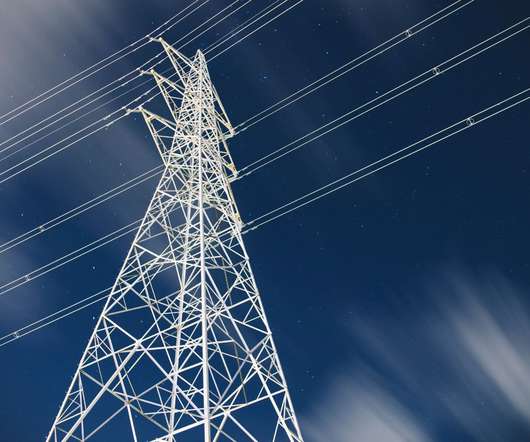
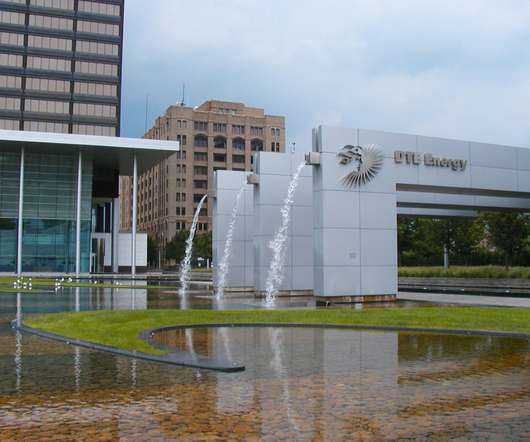


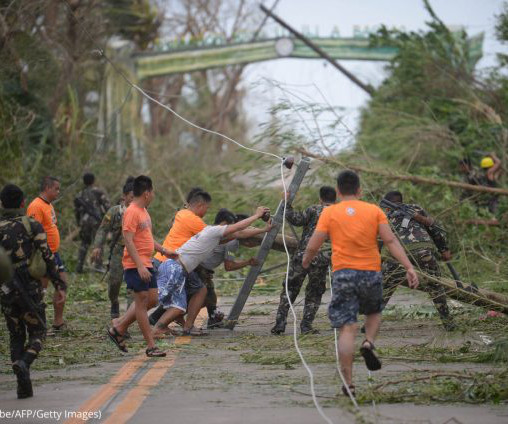

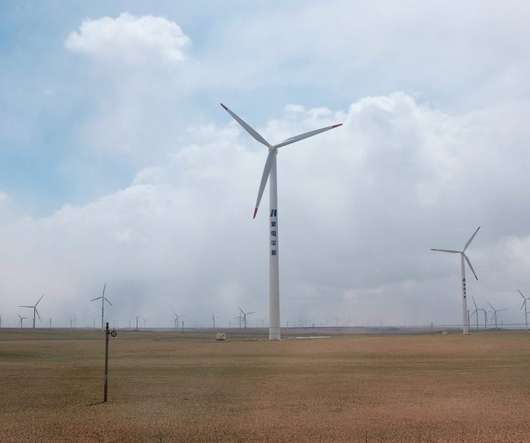

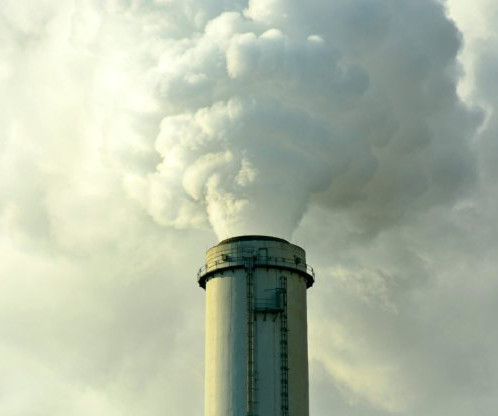
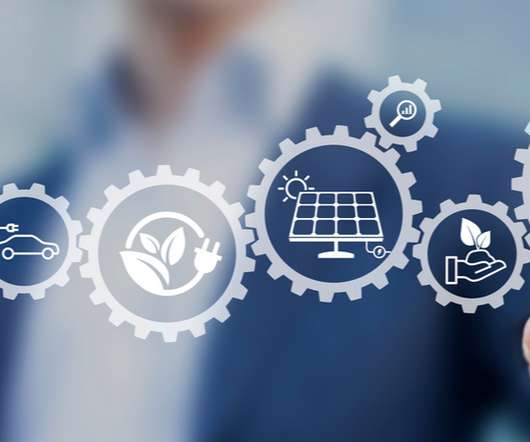







Let's personalize your content